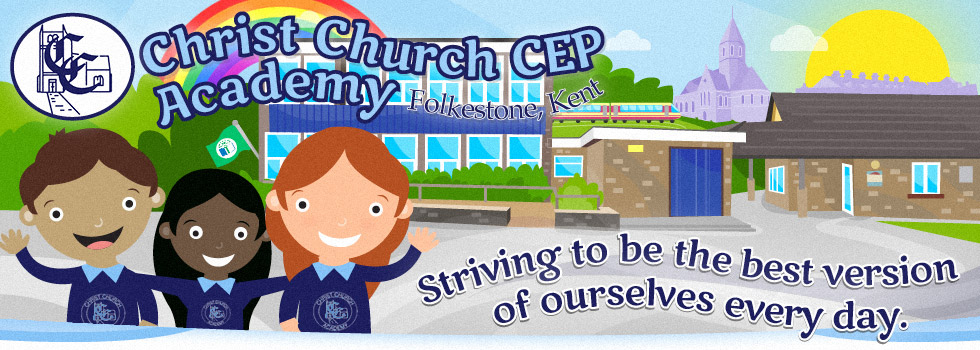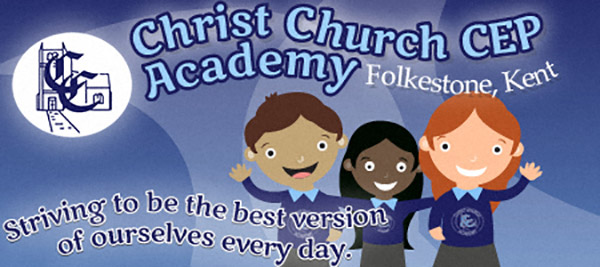DT
Design Technology
Aims and Objectives
Design and Technology helps to prepare pupils for the developing world. The subject encourages them to become creative problem solvers, both as individuals and as part of a team.
Through the study of design and technology, they combine practical skills with an understanding of aesthetic, social and environmental issues. Design and Technology helps all pupils to become discriminating and informed consumers and potential innovators. It will assist them in developing a greater awareness and understanding of how everyday products are designed and made.
Implementation
We use Kapow as a scheme of work to help us implement our DT curriculum. The Design and Technology National Curriculum outlines three stages needed for the design process: design, make and evaluate. Each stage of the design process is underpinned by technical knowledge which encompasses the contextual, historical and technical understanding required for each strand. Cooking and nutrition has a separate section with a focus on specific skills and techniques in food that includes where food comes from, diet and seasonality.
The National Curriculum organises the attainment targets under five strands:
- Design
- Make
- Evaluate
- Technical knowledge
- Cooking and nutrition
Through the curriculum at Christ Church, pupils will discover scenarios and respond to design briefs that require consideration of the needs of others developing their skills in 5 key areas.
- Mechanisms
- Structures
- Textiles
- Cooking and nutrition (Food)
- Electrical systems (KS2)
Each of the key areas follows the design process (design, make and evaluate) and has a particular theme and focus from the technical knowledge or cooking and nutrition section of the curriculum. The curriculum is designed so that areas are revisited with increasing complexity allowing pupils to build on previous learning.
Design and Technology is timetabled as an independent subject (not as part of a ‘topic’ lesson) once a week on a carousel with art. This means that pupils will cover three terms of weekly design and technology lessons each year.
Impact
Collaborative work in design and technology develops mutual respect for the differing opinions, beliefs and abilities of others. In addition, pupils will develop a respect for the environment, for their own health and safety and that of others. They learn to appreciate the value of similarities and differences and learn to show tolerance.
A variety of experiences teaches them to appreciate that all people – and their views – are equally important. Pupils are encouraged to work in a democratic way, exercising the ‘give and take’ required for successful teamwork.
At the end of Year 6, if pupils have progressed though the curriculum, they should leave Christ Church equipped with a range of skills to enable them to succeed in their secondary education and be resourceful and innovative members of society.
The expected impact of following the Design and Technology scheme is that children will be able to show a range of skills relevant to the research, design, making and evaluation process:
- Understand the functional and aesthetic properties of a range of materials and resources.
- Understand how to use and combine tools to carry out different processes for shaping, decorating and manufacturing products.
- Build and apply a repertoire of skills, knowledge and understanding to produce high quality, innovative outcomes, including models, prototypes, CAD and products to fulfil the needs of users, clients and scenarios.
- Understand and apply the principles of healthy eating, diets and recipes, including key processes, food groups and cooking equipment.
- Have an appreciation for key individuals, inventors and events in history and of today that impact our world.
- Recognise where our decisions can impact on the wider world in terms of community, social and environmental issues.
- Self-evaluate and reflect on learning at different stages and identify areas to improve.
- Meet the end of key stage expectations outlined in the National curriculum for Design and Technology.
DT
Christ Church CEP Academy, Brockman Road,
Folkestone, Kent, CT20 1DJ Telephone: 01303 253645




















